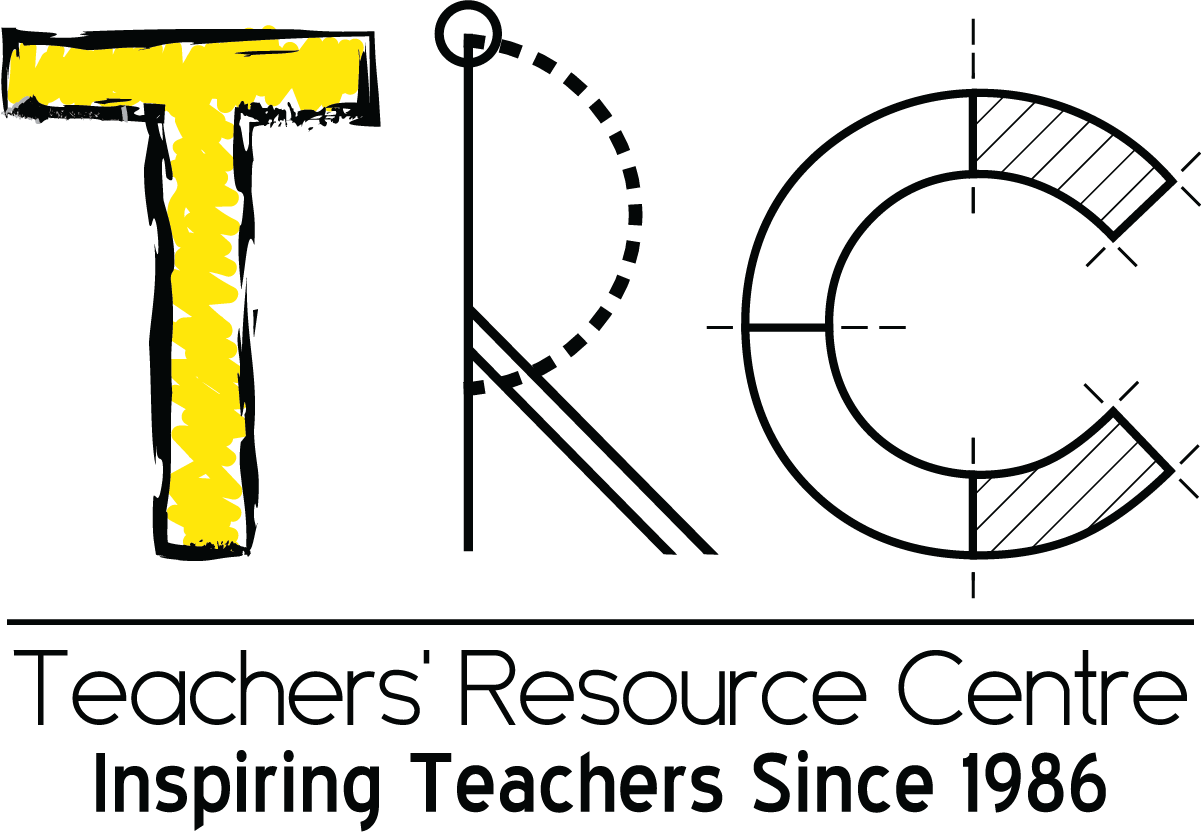No products in the cart.
A Positive Learning Environment
As educators, we need to ensure that learners are able to work in an environment that facilitates their learning. In this month’s Ilm o Amal, TRC staff looks at how we, as teachers can create the conditions for success in a positive learning environment.
The fact that human beings were born to learn is possibly the strongest argument for building an effective learning environment. If human beings were not learners they would have been wiped off the earth by other bigger beings.
By that token, a teacher’s main job is to create a rich and positive learning environment that facilitates learning. The idea is to avoid spoon feeding facts to students and instead enabling them to develop concepts, think critically, and apply and evaluate what they have learned, by providing opportunities and experiences that are relevant to such goals.
Here are some strong characteristics of a positive learning environment.
1. The Students Ask Questions
Lots of them! Students who start a learning activity with little or no curiosity are not likely to get very far in the learning process. In fact, sometimes teachers force children to ask questions at the beginning of a new unit, which is usually a pointless exercise because the students usually don’t know enough to form and ask questions. In a healthy and positive learning environment students should be able to ask great question without any fear or pressure. This is crucial for the learning process.
2. Questions Are More Important Than Answers
Questions lead to learning and should be encouraged and more valued than answers. Learning stops once a student reaches the answer. Real learning grows organically from the process of questioning. Once they start asking question you will also be aware that your students are paying attention.
3. Ideas Come from Divergent Sources
Ideas for lesson plans, tests and projects should come from all over the place. If they all come from the same set of resources, they are likely to become dull and repetitive over time. You, the teacher will also run out of ideas if you keep consulting the same old resources. In your search for new and creative sources, think: professional and cultural mentors, the community and even the students. If you or the students find that the resources disagree with one another, use the dissimilarity or dispute to teach children about how the real world functions. We don’t all agree with each other and the sooner students learn that, the better for them in the long term.
4. Learning Techniques Are Mixed Up
Use a blend of techniques to enrich your students’ learning experience. Use a mix of inquiry-based learning, project-based learning, direct instruction, peer-to-peer learning, school-to-school, the flipped classroom, and on and on. Using diverse techniques in the classroom will not only benefit the students and help you reach out to different learning capacities, it will also improve your own capacity and skills as an educator.
5. Assessment is Authentic and Transparent
The system of assessment in a positive learning environment should separate the good students from good thinkers. When assessing students, tell them why they are being tested, what it means for them and for their future. You should see a change when you take your students in confidence and stop talking down to them.
6. Criteria for Success is Balanced
Students should have a clear understanding of what “success” in a positive learning environment looks like. Success should not be just about participation, results and attitude. It should be based on a cohesive whole that the student understands. Success in your positive learning environment should not be about experts or your colleagues, but about your students.
7. Keep Learning and Relearning
As a teacher you can never stop learning. Keep picking up new learning habits and understand that there is never one way to learn. Encourage your students to do the same. For your part keep reading up on new methodologies and keep attending professional development sessions.
There are no right or wrong ways to turn your classroom into a positive learning environment. Keeping the above guidelines in mind, you can create an positive learning environment that will fit the context in which students learn.
June 2018

